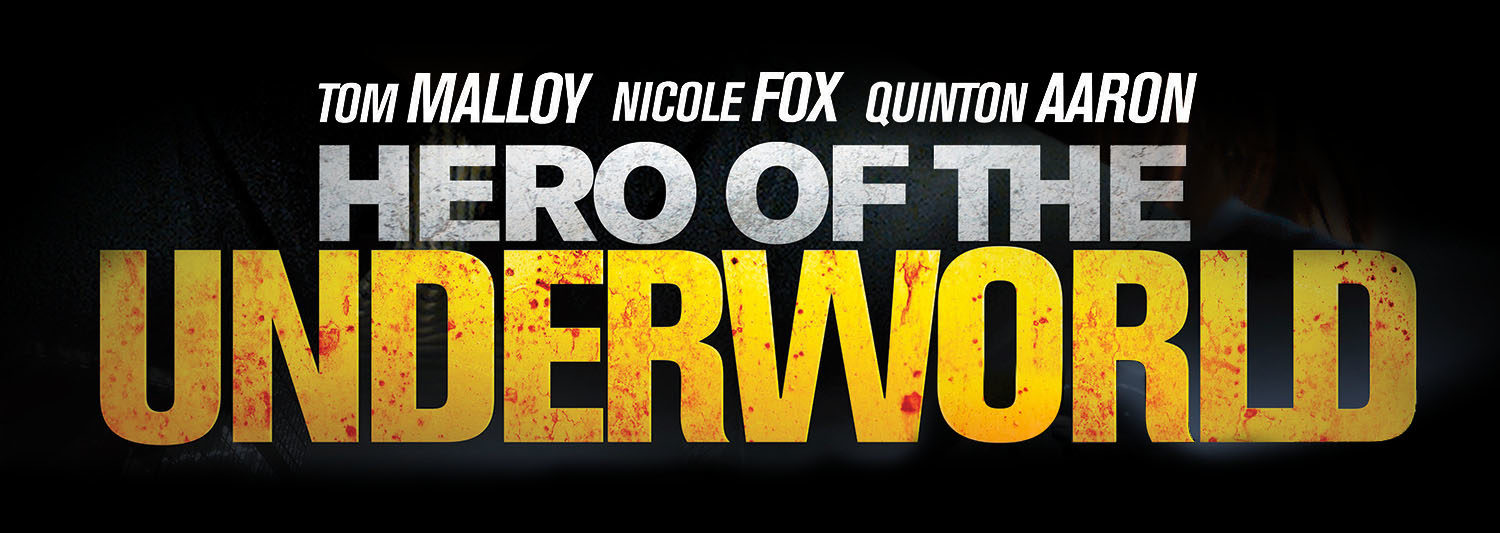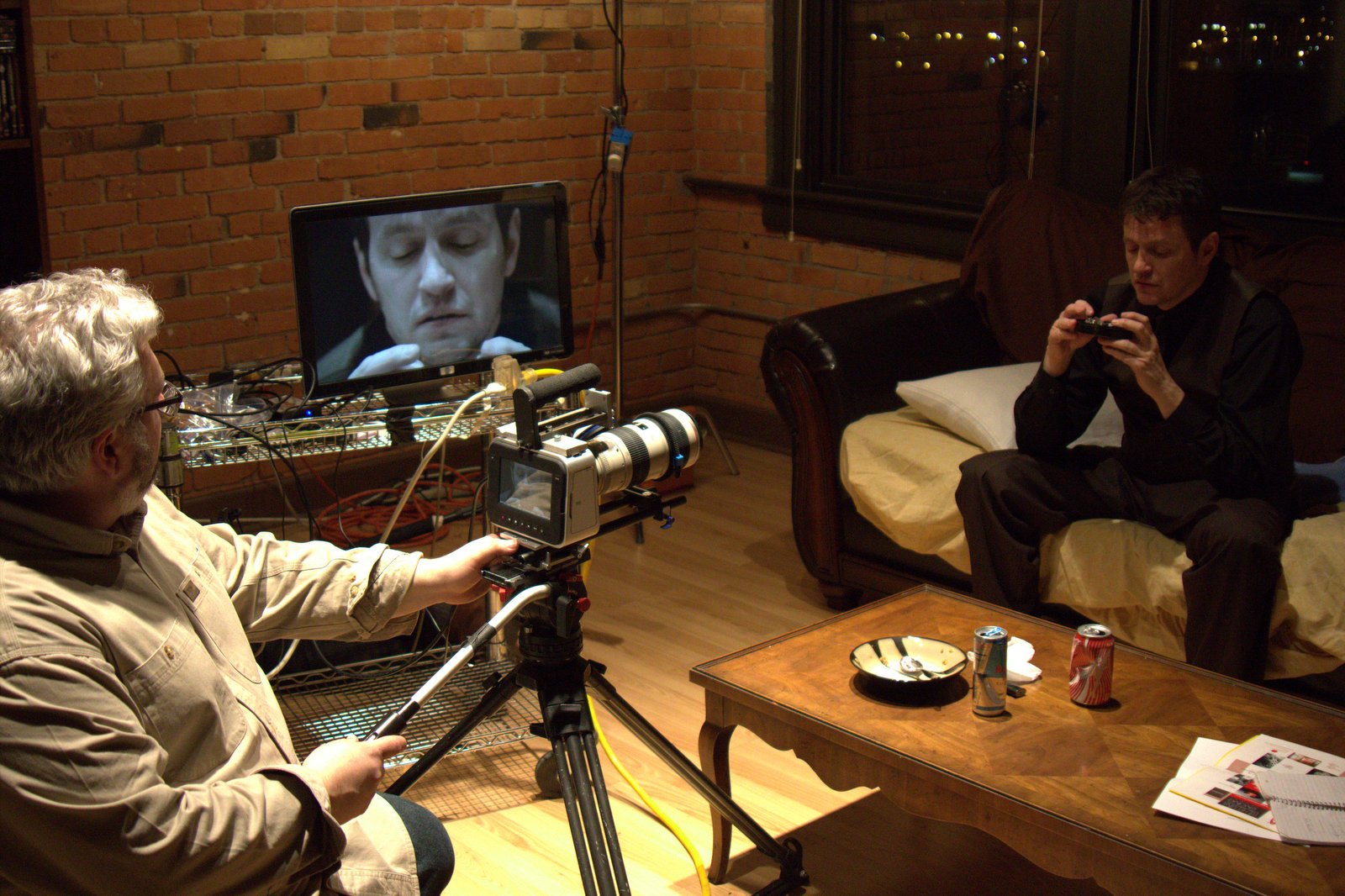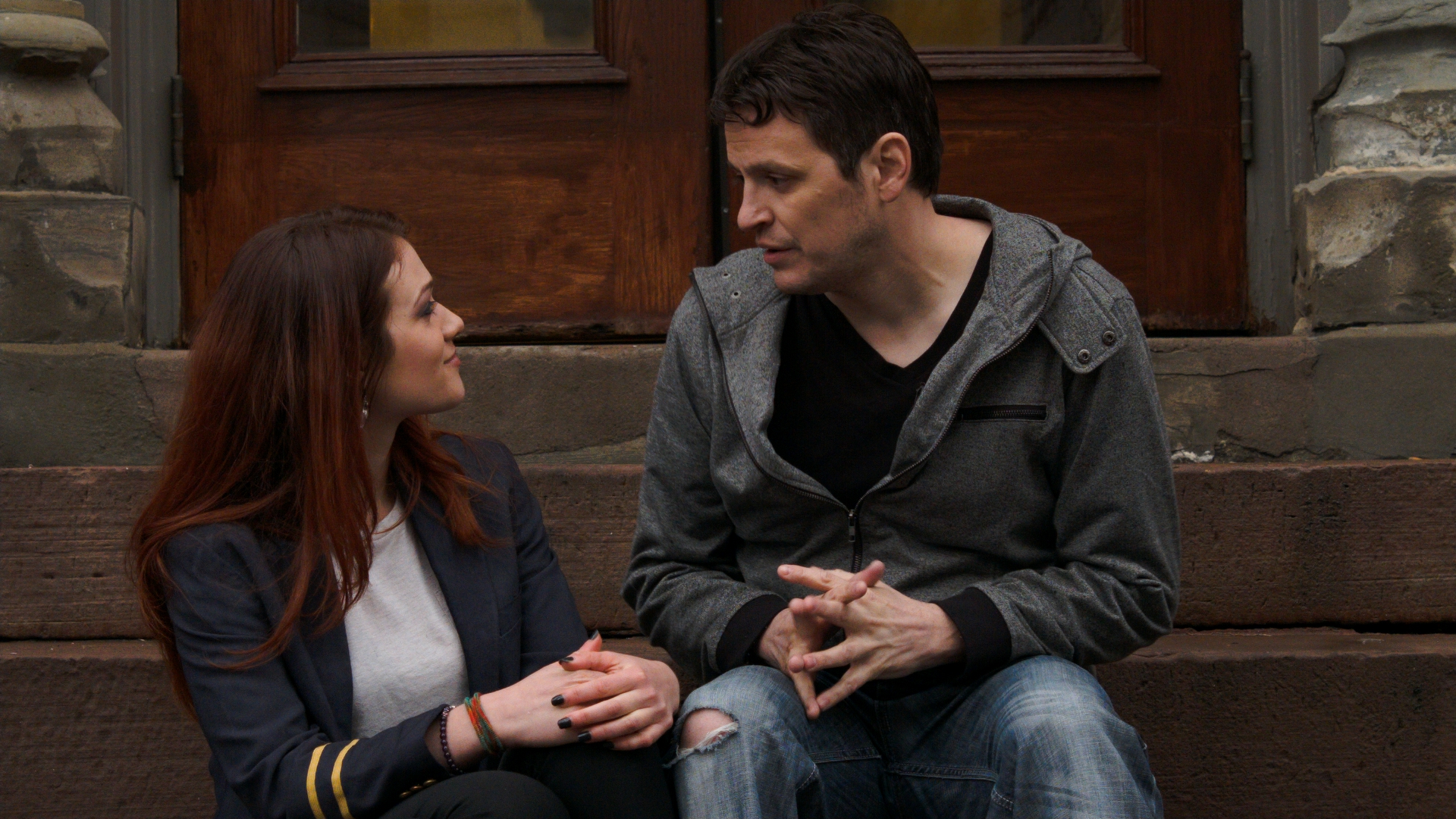

Indie Drama “Hero of the Underworld” Shot with Blackmagic Cinema Camera
Originally published on DigitalProducer.com
“Hero of the Underworld” is about redemption. And it takes viewers from high class life to the seedy world of drug dealers and drug dependence. The film is both literally and figuratively showing viewers the dark world of drug life, as the lead character struggles to redeem himself by saving a stranger.

Dark and shady are great adjectives for a novel or screenplay, but not for viewing a film. The characters in “Hero of the Underworld” exist in a dark world, but they also needed to be shown in stark, visible detail. DP and Director of the film John Vincent needed to toe the line of working with a limited lighting package while still keeping every expression of the actors visible.
To do this, he chose to shoot “Hero of the Underworld” with the Blackmagic Cinema Camera and grade it using DaVinci Resolve.

Shooting “Hero of the Underworld”
In the film, Dylan Berrick is the overnight manager of the Century Grand Hotel, a high class establishment. On the outside, Dylan seems to be a consummately professional hotel manager. But in reality, he is dealing with heroin addiction.
One night, a woman, Holly, is nearly beaten to death in the hotel by her boyfriend, and Dylan finds himself acting as Holly’s savior. This includes not only helping her physically, but also rescuing her from the drug underworld that he is too familiar with. This leads them both on a journey that will help save her as well as his own job, sanity and life.

Director, cinematographer John Vincent (photo by Bryan M. Little)
“The story here is very dramatic and emotional, and capturing a film like this has unique challenges that we had to think of when deciding on which camera systems we would use,” said Vincent. “We shot mostly in one interior location, but when we had to shoout outside, we had to deal with very bright moving lights that come with city shooting such as cars and street lights. As an example, for one location, we didn’t use our lights at all, but instead took advantage of the existing light from a nearby construction site. And on top of those challenges, we had a very tight shooting schedule with a 100 page script, so we had to be quick to set up and had to know the camera would be reliable. The Blackmagic Cinema Camera worked perfectly.
“When we were planning the production, I thought about shooting on film. My entire career, I had always shot on film, and I love the look and feel that you get with it. The Blackmagic camera is the first digital camera I have used that gives me a sense of film and the film quality I am looking for. It really harkens back to shooting with 16mm and 35mm,” he said.
Vincent continued: “With some of the night shots, we made a conscious choice to shoot scenes with just the available light. But we also shot in this amazing art deco building, and we really needed to capture the details of that location, regardless of whether we had perfect lighting or not.
“In several of the shots, we shot outside at night with ambulances flying right by the actors. I was initially worried about the bright lights blowing out the shots and keeping us from getting the details in the blacks. Shooting in RAW with the Cinema Camera captured an amazing amount of detail, and we had no problems with the ambulance lights washing anything out or any of the other dangers of shooting at night,” he said
Vincent’s production workflow for the film included shooting in RAW and then moving files directly from his Blackmagic camera into DaVinci Resolve for initial color correction.

“Our shooting schedule was only a couple of weeks, which for a 100 page script is very tight. One of the things that was incredibly useful about the Cinema Camera was that I could easily set it up and go anywhere with it. Its design let us get the camera anywhere we needed, I didn’t need a big rig and then we could break down and get right to the next shot,” he said.
“More importantly, for efficiency, this camera made the transition to post simple. We took RAW files right into Resolve, made proxy files and shot them over to the editor. Then back into Resolve for final color correction. Creating a simple production to post workflow saved us a huge amount of time,” concluded Vincent.
About John Vincent
John David Vincent is a cinematographer, director, art director, and effects artist. He began as a visual effects artist at David Allen Productions, contributing to cult favorites Robot Wars, Doctor Mordrid, and Freaked. He has worked as a set builder, art director, and production designer (Proud, After Image), as well as second unit director (Smoking Laws). He recently acted as cinematographer and producer on the features 3.14 and Hero of the Underworld, which he also directed.
Michael Boas
February 21, 2017
News